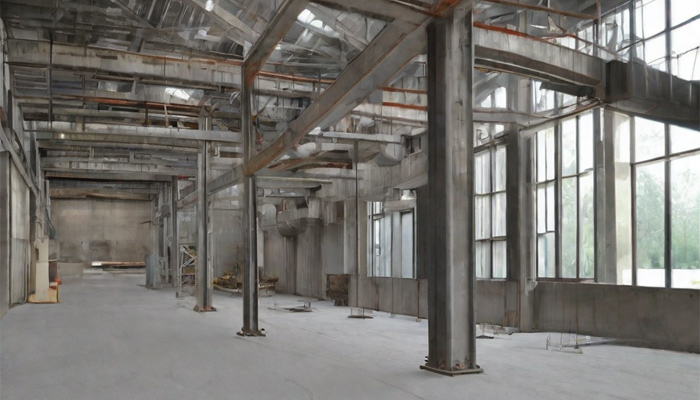Concrete is a versatile building material that is widely used in construction, infrastructure, and engineering projects. In this article, we will explore the different types of steel fibers available and their advantages and disadvantages.
Types of Steel Fibers Available
There are several types of steel fiber for concrete, including:
- Basalt fiber: Basalt fiber is made from volcanic rock and is known for its high strength and durability. It is often used in high-performance concrete applications, such as bridges and buildings.
- Glass fiber: Glass fiber is made from crushed glass and is known for its high strength and stiffness. It is often used in structural concrete applications, such as beams and columns.
- Carbon fiber: Carbon fiber is made from synthetic materials and is known for its high strength and stiffness. It is often used in high-performance concrete applications, such as sports stadiums and luxury homes.
- Aramid fiber: Aramid fiber is made from synthetic materials and is known for its high strength and stiffness. It is often used in high-performance concrete applications, such as aerospace and defense industries.

Advantages and Disadvantages of Steel Fibers
Each type of steel fiber has its advantages and disadvantages, which should be considered when selecting the best fiber for a specific application.
Basalt fiber:
Advantages:
- High strength and durability
- Resistant to corrosion and degradation
- It can be used in high-performance concrete applications
Disadvantages:
- Expensive
- May not be suitable for all types of concrete mix designs
Glass fiber:
Advantages:
- High strength and stiffness
- It can be used in structural concrete applications
- Affordable
Disadvantages:
- May not be suitable for high-performance concrete applications
- May degrade over time
Carbon fiber:
Advantages:
- High strength and stiffness
- Lightweight
- It can be used in high-performance concrete applications
Disadvantages:
- Expensive
- May not be suitable for all types of concrete mix designs
Aramid fiber:
Advantages:
- High strength and stiffness
- Resistant to heat and flame
- It can be used in high-performance concrete applications
Disadvantages:
- Expensive
- May not be suitable for all types of concrete mix designs

Factors to Consider When Selecting a Steel Fiber
When selecting a steel fiber for concrete, there are several factors to consider, including:
- Application: The type of application will determine the type of steel fiber that is best suited. For example, basalt fiber may be suitable for high-performance concrete applications, while glass fiber may be more appropriate for structural concrete applications.
- Design requirements: The design requirements of the concrete structure will determine the type of steel fiber that is best suited. For example, a bridge may require a higher strength and durability steel fiber than a building.
- Budget: The budget for the project will determine the type of steel fiber that is best suited. For example, basalt fiber may be more expensive than glass fiber.
- Environmental factors: The environmental factors of the project site will determine the type of best-suited steel fiber. For example, a coastal area may require a steel fiber that is resistant to corrosion.
Conclusion
Steel fibers are a popular choice for concrete due to their excellent mechanical properties and corrosion resistance. However, each type of steel fiber has its advantages and disadvantages, which should be carefully considered when selecting the best fiber for a specific application.
Factors such as application, design requirements, budget, and environmental factors should also be taken into account when selecting a steel fiber. By considering these factors, engineers and architects can select the best steel fiber for their concrete project and ensure that it meets the required design criteria.